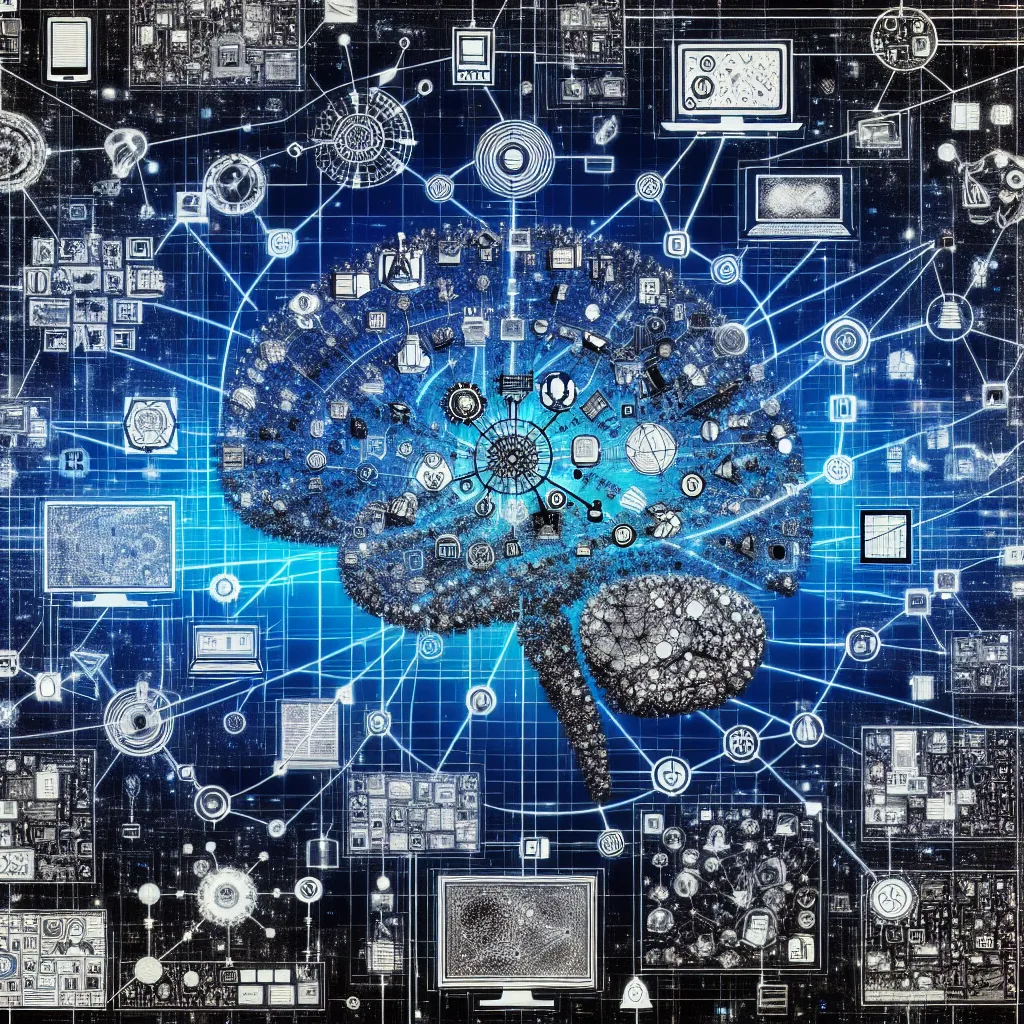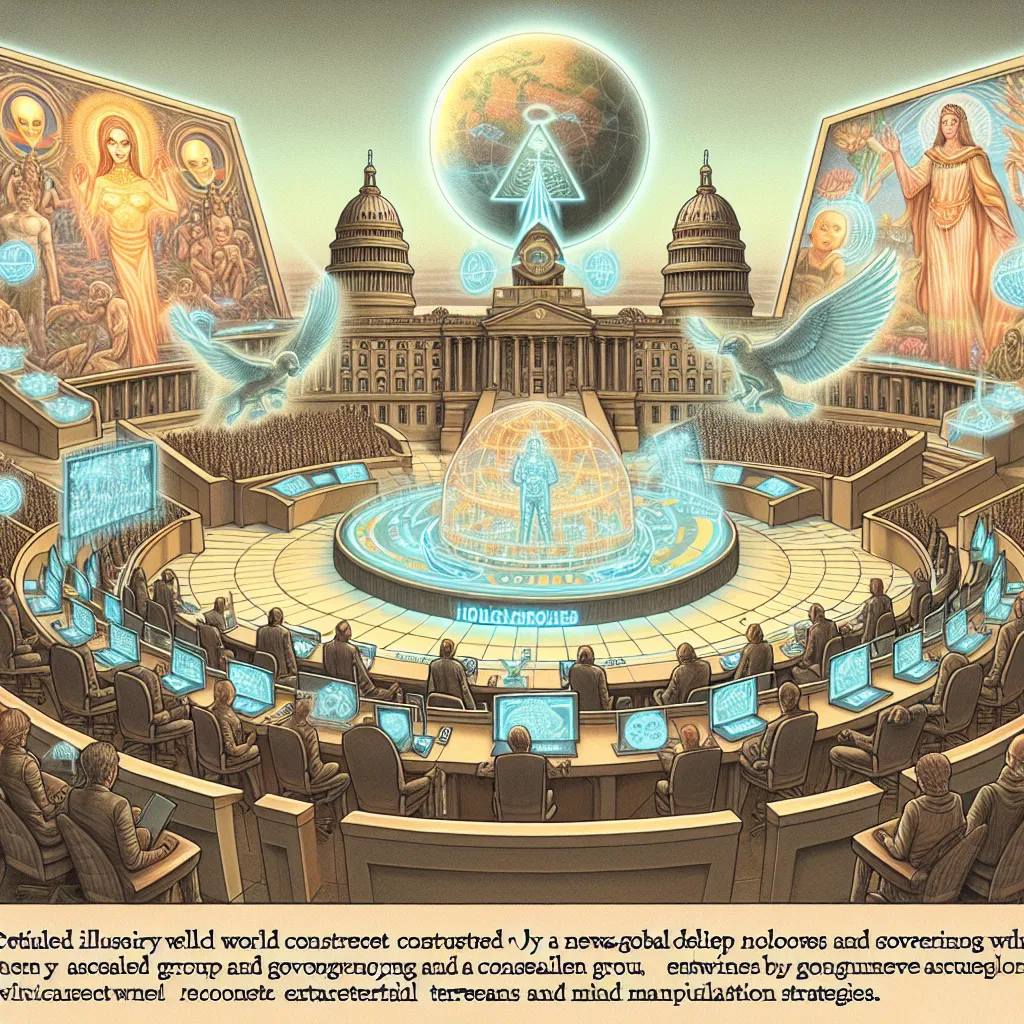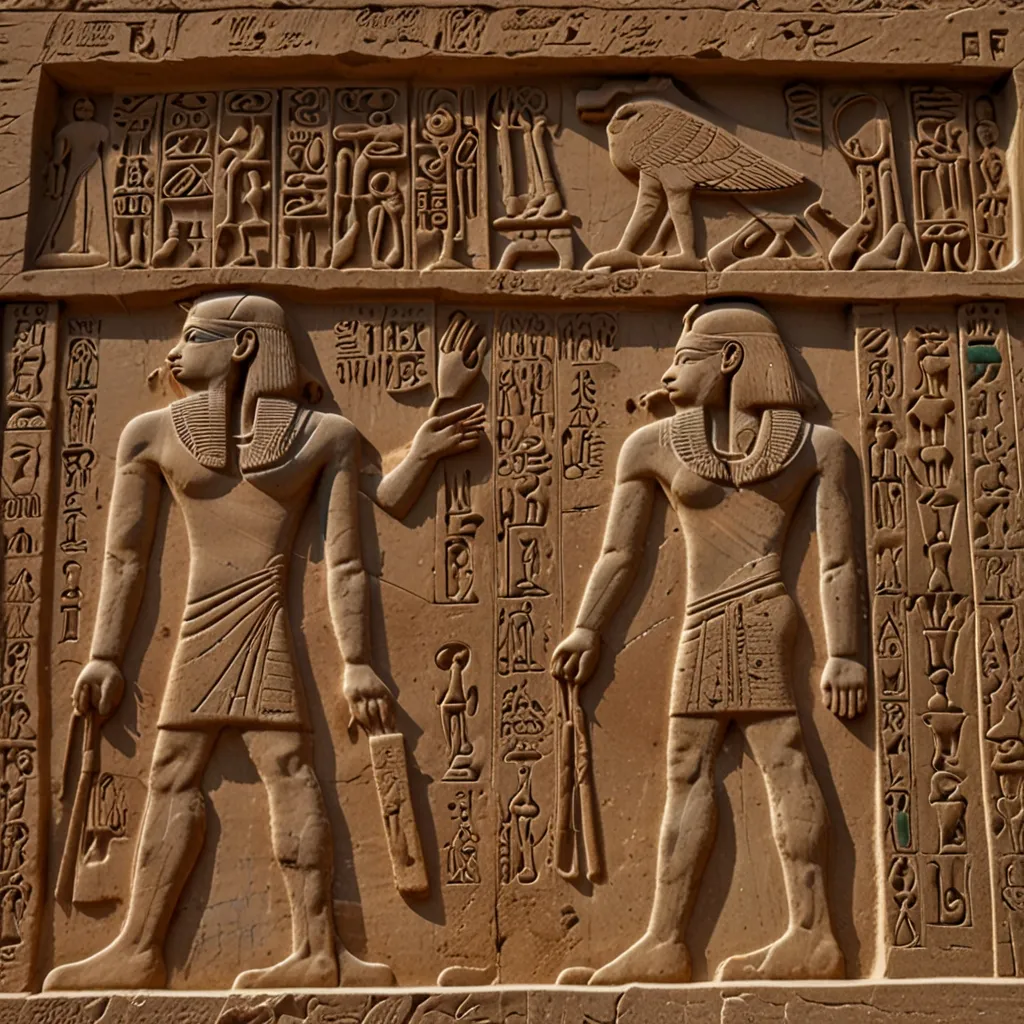Ever wondered who invented the internet? Some folks have made a ton of money by coming up with smart ways to use it. But who created it in the first place? Shouldn’t that person be as rich as, say, a gazillionaire?
A British tech genius, some clever Americans fearing nuclear threats, or maybe even French scientists with their “Le Internet” idea? Or was it a collective effort by brilliant minds who knew they were onto something useful but had no clue how big it would get?
Let’s lay down some facts first. The internet is essentially a bunch of computer networks connected to one another. The World Wide Web, however, is a way of sharing information across these connected computers. Today’s internet took roughly 40 years to come together.
A popular yet incorrect story claims the USA created the internet to ensure communication during a nuclear war. One of the ARPANET founders said that the early experiments, dating back to the 1960s, were more about optimizing processor usage or time-sharing. Back then, computers were massive mainframes that processed tasks one by one. Time-sharing allowed these giants to handle multiple tasks at the same time, which meant several scientists could share their power.
Connecting computers ultimately led to a focus on easier communication between them. This was a global challenge, and many key concepts came from different parts of the world. Take packet switching, for example. In Britain, the National Physical Laboratory came up with a way to cut data into smaller parts at one end and reassemble it at the other, reducing network congestion. Meanwhile, in France, scientists worked on a network called CYCLADES, focusing on direct computer-to-computer connections.
By the early 1970s, there was a lot of computer infrastructure, but the networks couldn’t effectively communicate. Enter TCP/IP, the protocols that ensured packets of data, even if sent through different routes, arrived at their destination to be reassembled correctly. By 1975, networks started to talk to each other more efficiently, which you could say marked the beginning of the internet era.
Email also played a crucial role. Created for ARPANET in 1972, it became the main form of internet traffic by 1976. Scientists loved it because it was a quick way to share notes.
Moving into the 1980s, Timothy Berners-Lee, while at CERN, invented the World Wide Web. Using HTTP, HTML, and URLs, he made browsing the internet easier. His creation wasn’t the internet itself but a user-friendly interface that made the internet accessible to everyone. The first website appeared at CERN in 1991.
With the tech groundwork in place and email already popular, the 1990s saw a boom in internet message boards and web browsers. Phone companies saw its commercial potential, and by 1995, the internet was finally ready for the masses.
And no, Vice President Al Gore didn’t invent the internet. His efforts in promoting legislation helped its spread, but that’s about it.
Ultimately, the internet exists because we crave communication. It wasn’t a single person’s invention but an evolutionary step in our need to connect. Whether you use it to shop, date, work, or even procrastinate, the internet fulfills a basic human desire: to communicate. And if you leave a comment, you’re doing just that—making human connections.






